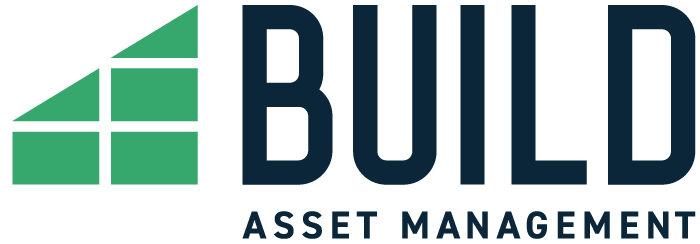The minutes from the FOMC’s meeting on May 3rd and 4th paint an optimistic tone, and project the Committee’s confidence that its shift to “neutral” conditions will be enough to prevail in its objective of bringing down inflation back towards the 2% long-term target. The notes detail the Committee’s assessment that credit markets remain fundamentally sound, and that it remains undeterred from pursuing its objectives by the downturn in asset prices that has hit most financial markets so far this year.
While a document search will not turn up the dreaded word “stagflation,” the minutes mention on multiple occasions that the Committee sees risk to growth skewing towards the downside, and inflation risk to the upside. At least for now, the minutes show that addressing inflation remains the Committee’s top priority. There is explicit mention that the potential for future deviation in the Committee’s approach lies towards further tightening, if deemed necessary to meet its objectives – i.e. “a restrictive stance of policy may well become appropriate depending on the evolving economic outlook.” For the many investors who have been hesitant to open their statements so far this year, let that be a reminder that this has apparently been the velvet glove of “neutral” policy that financial markets have absorbed so far. The squeamish might want to avoid thinking about what effects the iron glove of “restrictive” policy might entail if the CPI refuses to budge.
On the bright side, activity in bond markets between the actual meeting and the minutes release might indicate that the escalation to “restrictive” monetary policy may not ultimately be necessary. Over the month of May, the Treasury market has arrested its selloff – at least temporarily – as bond prices have stabilized, and rates in the intermediate portion of the yield curve have even begun to come in. After the 10-year Treasury widened to 3.13% on May 6th to its widest levels since late 2018, traders have bid the key rate tighter by 38 basis points to 2.75% as of May 25th. And while a bit bumpy, the chart for the 2-year Treasury yield appears to have found a resting place around 2.5% after painfully adding on more than 200 basis points since the beginning of the year. Yields have also come in on futures where traders go to hedge the Fed Funds rate, with implied levels for the policy rate in January 2023 trading at roughly 2.64% on the day the minutes released, after peaking at nearly 2.89% early in the month. These have been welcome developments for bond markets still technically in the middle of a historic selloff.
Taken together, the mosaic being arranged by rates markets could suggest that the current path from the Fed might already be enough to quell the inflation risk that has gripped the economy for over a year. That would be welcome news to all. Unfortunately, the bad news may be that the risk outlook now looks headed towards growth as its next victim. With the end game of round one potentially coming into focus of what looks like could be a multi-legged inflationary cycle, it looks increasingly likely that policymakers and the financial markets won’t be allowed any time to rest before gearing up for their next challenge.


